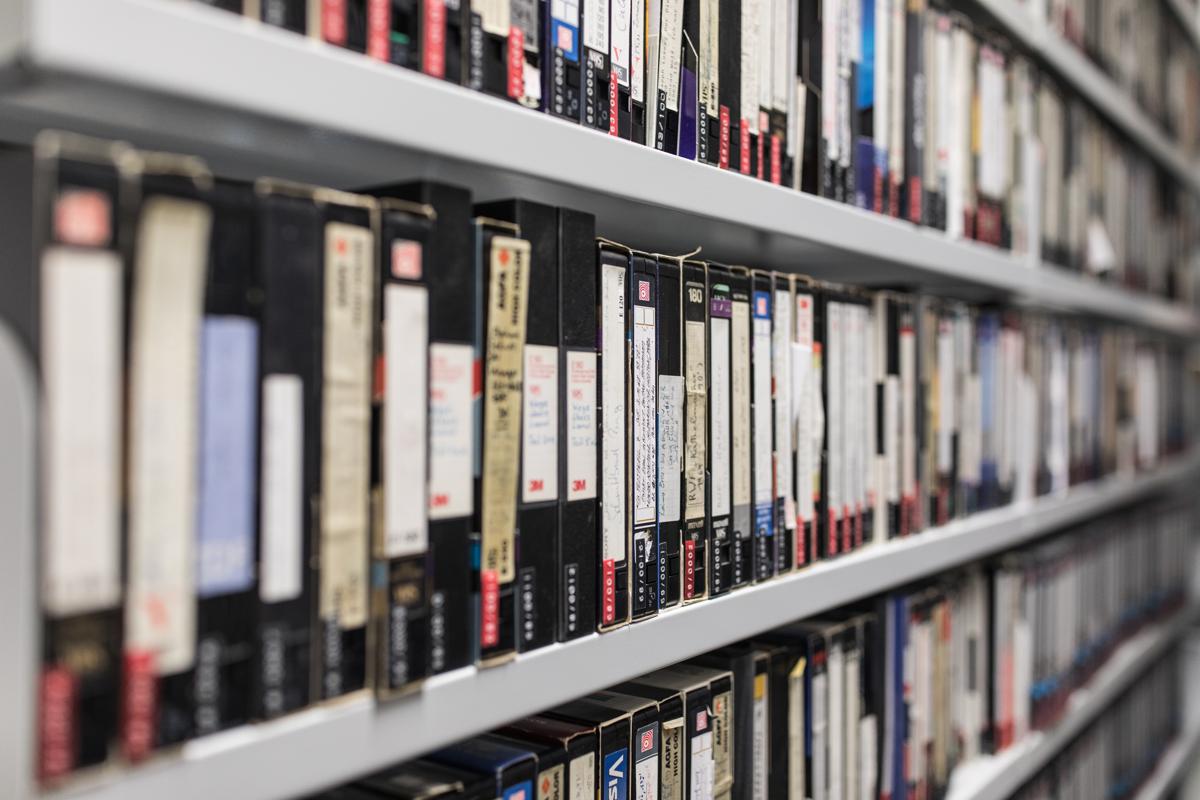Since 1993, parts of the television program have been systematically recorded to stimulate longitudinal and cross-sectional empirical research on program structures and content, and to make it possible independently of commercial providers. The recordings consist of a representative television sample (since 1993) in the form of two artificial weeks per year and a daily news sample (since 2009) as a full survey of the news broadcasts of six stations (ARD, ZDF, MDR, RTL, Sat1, Pro7). In addition, news websites have been stored since 2012.
With their continuity, with the period covered and with their extent, our records are unique in the academic field in Germany. With the samples, questions from all subfields of the subject and representative for the period covered can be dealt with. They offer a pool for studies from very different subject-related areas (e.g. political communication, advertising research, journalism research, visual communication) and with different theoretical perspectives and methodological approaches within and outside communication science.
Thanks to their systematic nature, the recordings enable representative statements to be made about the program structures and content of the recorded television stations, both longitudinally and cross-sectionally. Above all, the daily recording of the main news programs allows a detailed analysis of the journalistic reporting of the private and public broadcasters on daily (media) events. In addition, the broadcasters' overall programming is also recorded on a random basis. This means that questions can also be addressed about special journalistic content such as magazine programs, advice formats, and sports programs, but also about fictional content, entertainment formats, and television advertising.
The various subsamples are recorded either as a full survey (TV news sample, online news sample), or using the artificial week method. All samples are recorded computer-aided (in the case of the TV samples via TV cards) and archived digitally on hard disks (~ 12 TB). Older stocks are still partly available on DVDs (~4000 pieces) and VHS (~200 pieces), but are currently being retro-digitized.
Uninterruptedly since 1993, two artificial weeks of the overall programming of some major German-language TV stations have been recorded each year. On each of the 14 survey days per year, 12 hours (12 noon to midnight) of the programming of ARD, ZDF, RTL, Sat.1, Pro 7, and MDR are recorded. The recording days are distributed over the year according to the artificial week system and thus permit a representative analysis of program structures and content. This means that 72 hours of full programming (about 28 gigabytes of data) or 1008 hours for an entire year (about 450 GB) are available per survey day.
To supplement the general TV program sample, the main newscasts of the six TV stations have also been recorded daily since 2009 for more detailed analyses specifically of news events (full survey). In this way, news coverage can also be examined for unpredictable events at station and program level or in station comparisons. Between seven and nine broadcasts (depending on the day of the week) are recorded per day, amounting to about 4 hours (~ 350 MB of data); over the year, we thus archive about 2000 news broadcasts, amounting to about 1344 hours (~ 160 GB of data).
In addition to the TV sample and the daily recording of news broadcasts, variable special samples are programmed and recorded upon request in advance for specific research projects. In the past, this was done, for example, on the following thematic occasions or within the framework of the following research projects (selection):
- The representation of East Germany on television (study commissioned by SLM, TLM and MSA)
- East and West Germany on television (study commissioned by SLM, TLM and MSA)
- Climate Change in Television News. Longitudinal comparison of news coverage of the world climate conferences 2013, 2014, 2015, and 2016. (Ongoing research and teaching project).
- Attributions of stock market reporting using the example of "Börse vor 8 im Ersten". (Dissertation project)
- Comparative analysis of election nights. Comparison of election evening coverage of the 2013 Bundestag elections and the 2014 European elections in the medium of television, using the example of the ARD and ZDF stations (Bachelor's and Master's theses).
- Mediatization of Sports (Bachelor and Master Theses, Conference Presentations)
The existing records are available to staff and students for research projects. For information about this or about possible special sampling as part of research projects, please contact Dr. Felix Frey.
